Description
Tetrachloroethylene Poison: A Comprehensive Overview
Introduction
Tetrachloroethylene Poison, commonly known as perchloroethylene (PERC), is a volatile organic compound (VOC) widely used as a solvent in dry cleaning and degreasing. It is a colorless, non-flammable liquid with a sweet odor and is considered a hazardous air pollutant. While tetrachloroethylene is effective in various industrial applications, it poses significant health risks to humans and the environment. This article will explore the sources, mechanisms of action, symptoms of exposure, treatment options, and preventive measures related to tetrachloroethylene.
Properties of Tetrachloroethylene Poison
- Chemical Formula: C₂Cl₄
- Molecular Weight: 165.83 g/mol
- Appearance: Colorless liquid
- Odor: Sweet, similar to ether
- Boiling Point: 121 °C (250 °F)
- Melting Point: -22 °C (-8 °F)
- Density: 1.62 g/cm³
- Solubility: Poorly soluble in water but highly soluble in organic solvents.
Sources of Exposure
Tetrachloroethylene exposure can occur through various sources:
- Industrial Use: Tetrachloroethylene is predominantly used in dry cleaning, metal degreasing, and as a solvent for various chemical processes.
- Consumer Products: It can be found in some spot removers, adhesives, and paint strippers.
- Indoor Air Pollution: Residual vapors from dry cleaning or the use of tetrachloroethylene-containing products can lead to indoor air contamination.
- Environmental Sources: Tetrachloroethylene can contaminate groundwater and soil from improper disposal and spills, leading to exposure through drinking water or contact with contaminated soil.
Mechanism of Action
Tetrachloroethylene Poison exerts its toxic effects primarily through inhalation and dermal exposure. The following mechanisms describe its action in the human body:
- CNS Effects: Tetrachloroethylene is a central nervous system (CNS) depressant. It can cause symptoms ranging from dizziness and headaches to severe neurological effects at high exposure levels.
- Hepatotoxicity: The liver metabolizes tetrachloroethylene, and its metabolites can cause liver damage. The compound can lead to hepatic injury and dysfunction over time.
- Nephrotoxicity: Exposure to tetrachloroethylene has been associated with renal damage. It can cause alterations in kidney function and may lead to nephrotoxicity.
- Reproductive Effects: Studies have indicated that prolonged exposure to tetrachloroethylene may impact reproductive health, including effects on fertility and developmental abnormalities in offspring.
Symptoms of Exposure
Symptoms of tetrachloroethylene exposure can vary based on the route and duration of exposure:
- Acute Symptoms:
- Headaches
- Dizziness and lightheadedness
- Nausea and vomiting
- Irritation of the eyes, skin, and respiratory tract
- Confusion or altered mental status
- Chronic Symptoms:
- Liver damage and dysfunction
- Kidney problems
- Peripheral neuropathy, leading to numbness and tingling in extremities
- Long-term CNS effects, including cognitive impairments and mood changes
- Potential reproductive issues, including fertility problems
Lethal Dose
The exact lethal dose of tetrachloroethylene varies among individuals based on factors such as age, health status, and route of exposure. While acute high-dose exposure can be life-threatening, chronic low-level exposure may lead to significant health issues over time without an immediate lethal effect.
Time Needed to Kill
Tetrachloroethylene is typically not associated with immediate fatalities; however, high doses can lead to rapid CNS depression, potentially resulting in death within hours if not treated. Long-term exposure can result in severe health effects and complications that may eventually lead to death if underlying health issues arise.
Detection in Autopsy
Tetrachloroethylene can sometimes be detected during an autopsy through:
- Tissue Analysis: Testing tissues such as the liver and kidneys for the presence of tetrachloroethylene and its metabolites can indicate exposure.
- Blood Tests: Elevated levels of tetrachloroethylene in blood samples collected prior to death may also help establish exposure.
Antidote and Treatment
There is no specific antidote for tetrachloroethylene poisoning, but treatment focuses on supportive care and removing the individual from exposure:
- Removal from Exposure: The first step is to ensure the affected individual is removed from the contaminated environment.
- Supportive Care: Treatment may include oxygen supplementation, intravenous fluids, and monitoring of vital signs. Severe cases may require hospitalization.
- Symptomatic Treatment: Managing symptoms, such as nausea or headache, through appropriate medications.
- Decontamination: If skin exposure occurs, the affected area should be washed thoroughly with soap and water.
Prevention
Preventive measures are critical to reducing the risk of tetrachloroethylene exposure:
- Regulatory Compliance: Employers should adhere to occupational safety regulations to minimize worker exposure to tetrachloroethylene.
- Proper Ventilation: Workspaces that utilize tetrachloroethylene should have adequate ventilation to prevent the accumulation of vapors.
- Public Awareness: Education regarding the hazards of tetrachloroethylene and its safe handling can help reduce risks in both occupational and residential settings.
- Environmental Monitoring: Regular monitoring of air and water for tetrachloroethylene contamination can help identify and mitigate exposure risks.
Conclusion
Tetrachloroethylene is a widely used solvent that poses significant health risks. Understanding its sources, mechanisms of action, symptoms of exposure, and prevention strategies is essential for reducing risks and protecting public health. By increasing awareness and implementing effective safety measures, we can minimize the impact of tetrachloroethylene and safeguard individuals from its toxic effects.
Perchloroethylene poison, tetrachloroethylene exposure, symptoms of tetrachloroethylene poisoning, tetrachloroethylene treatment, tetrachloroethylene sources, health effects of tetrachloroethylene, tetrachloroethylene in dry cleaning, tetrachloroethylene safety measures, tetrachloroethylene environmental risks, tetrachloroethylene regulations

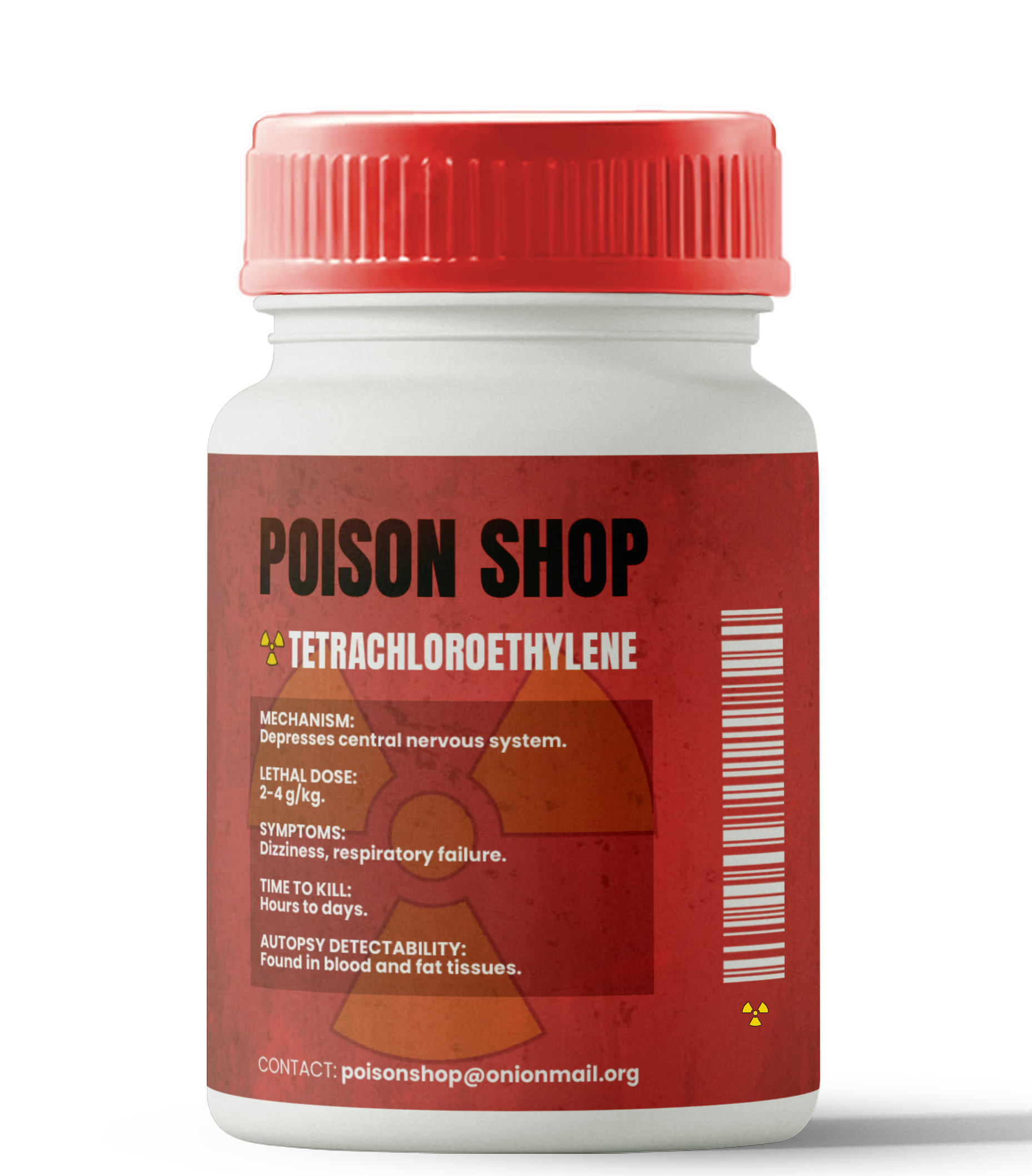
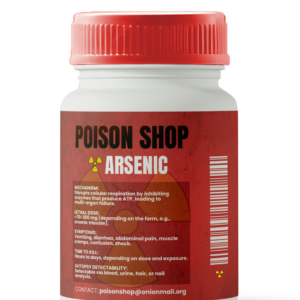
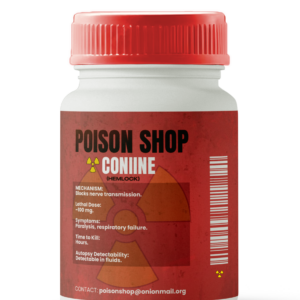
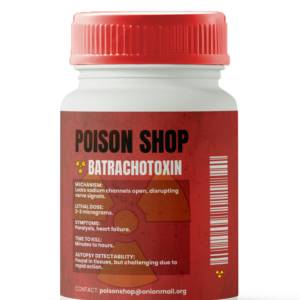
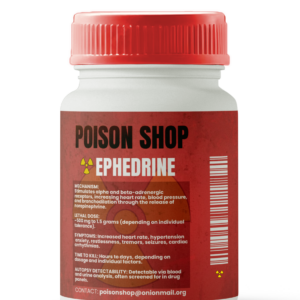
Reviews
There are no reviews yet.